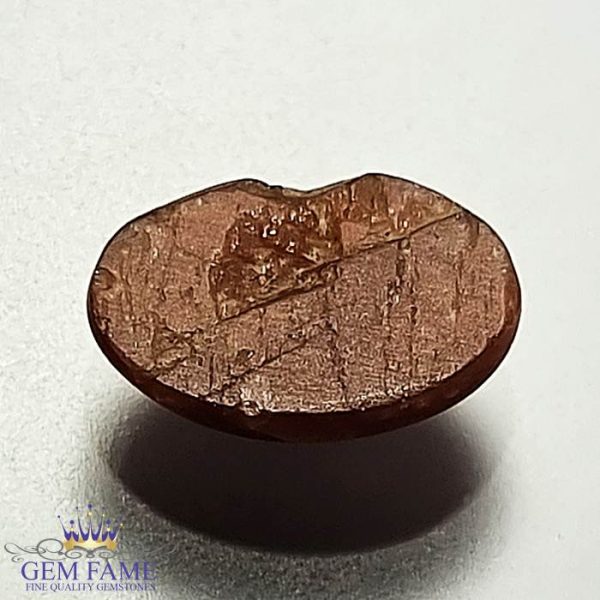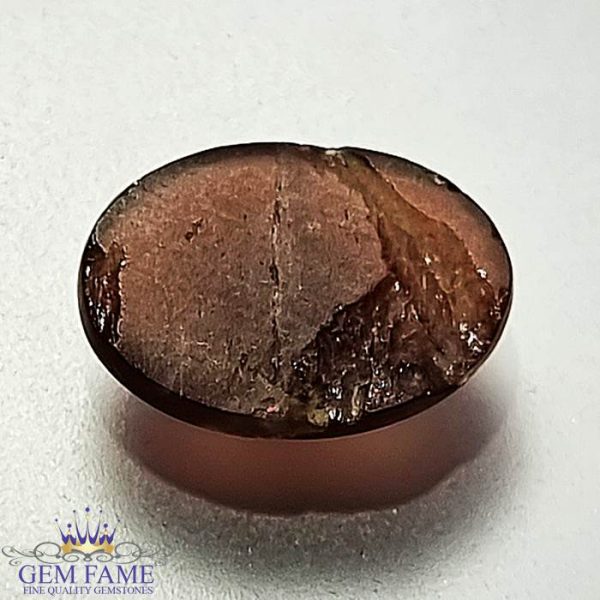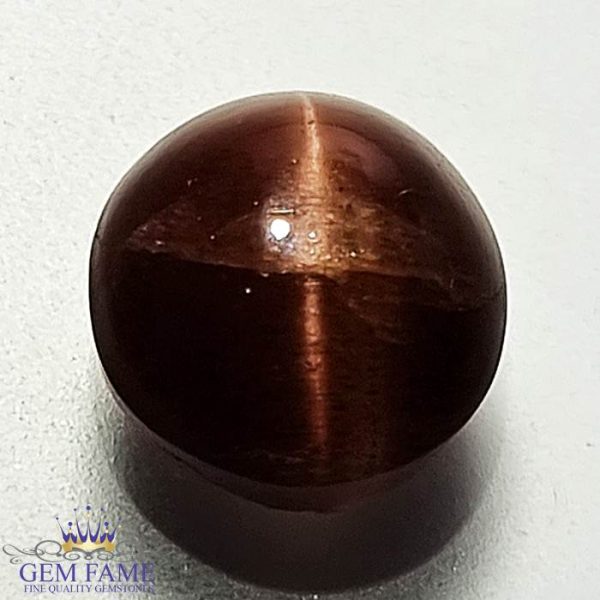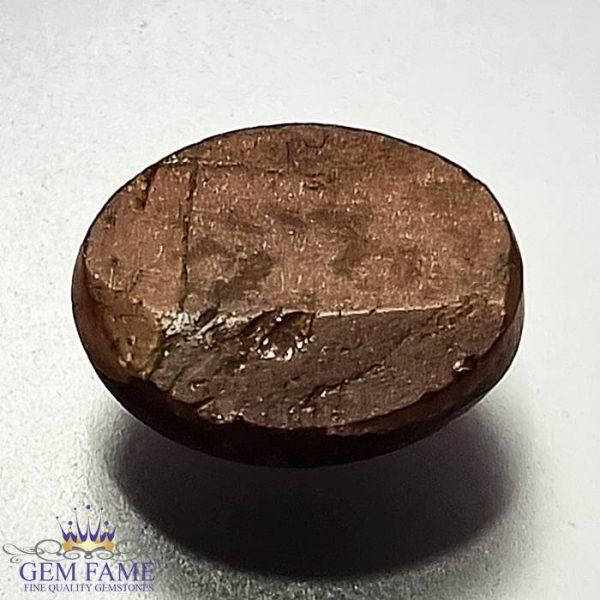Description
Scapolite Cat’s Eye 3.85ct Gemstone India
Description
This Scapolite Cat’s Eye is Natural Gemstone Which is Brown Color, it’s Originates from India and it’s exact Weight is 3.85ct. The Measurements are 10.68×8.32×5.48mm. The Shape and Cut of This Stone is Oval Cabochon It’s Graded Translucent and Clarity is Good. This 3.85ct Brown Natural Scapolite Cat’s Eye Gem is available for ready to Ship anywhere in The World. You Can also Select Certification and Shipment Method as Optional
Details
| Summary No | AK19055 |
| Species | Natural Scapolite Cat’s Eye |
| Weight | 3.85ct |
| Shape/cut | Oval Cabochon |
| Color | Brown |
| Dimension | 10.68×8.32×5.48mm |
| Clarity | Good |
| Transparency | Translucent |
| Origin | India |
| Treatment | None |
Scapolite Cat’s Eye Gemstone 3.85ct
Properties Of Scapolite Cat’s Eye
Chemical Composition: (Na,Ca)4(Si,Al)12O24(Cl,CO3,SO4) Sodium Calcium Aluminum Silicate Carbonate Chloride
Hardness: 5.5 – 6.0
Specific Gravity (Density) : 2.57 – 2.74
Refractive Index: 1.540 – 1.579
About: Scapolite Cat’s Eye Gemstone
The name Scapolite Cat’s Eye is often used to describe a single gem type but is actually the name of a group or series of minerals. This group or solid solution series includes Marialite and Meionite and varies between the sodium chloride rich Marialite and the calcium carbonate-rich Meionite. Distinguishing the Scapolite minerals from each other is difficult as they differ only slightly in density and index of refraction. Scapolite forms in metamorphic rocks from the alteration of Plagioclase Feldspars.
Scapolite was once also known by the name Wernerite, but this name has mostly disappeared from use. Other Scapolite synonyms such as Mizzonite and Dipyre have also mostly been dropped from use. Scapolite is the name most often used by mineralogists and gem collectors.
As a gemstone Scapolite is not well known but can be very attractive. It is available in many colors: yellow, orangy-yellow, greenish-yellow, bluish-gray, pink, brown, colorless, and rarely, violet. Its variety of colors may be Scapolite best feature since it lacks fire and hardness. Cats eye Scapolite from Burma is a very rare occurrence and has an unusually sharp eye. A violet to purple variety of Scapolite from Tanzania is named Petschite. Petschite is a trade name, not a recognized mineral species.
Tenebrescent Scapolite from Afghanistan is also rarely available as colorless crystals that turn blue after exposure to short wave UV light. The longer it is exposed, the deeper the color will become. When the UV light is removed, it slowly turns back to colorless. This transformation back to colorless may take less than a minute when exposed to strong sunlight or up to 30 minutes in dim light. This process is repeatable as often as desired.
The name Scapolite is from the Greek words skapos for rod and lithos for stone, referring to the stumpy nature of its prismatic crystals. The name Marialite was given by G. vom Rath, a German mineralogist, in honour of his wife Maria Rosa. Meionite is from the Greek word meion meaningless because its pyramidal shape is smaller than that of Vesuvianite which it resembles. Mizzonite is from the Greek word meizon meaning greater because the axial ratio is larger than that of Meionite. The name Wernerite is after Abraham Gottlob Werner (1750-1817), a German mineralogist.
Scapolite crystals are available from a number of localities. Very gemmy violet crystals are available from Badakhshan and Ningarhar Provinces, Afghanistan. Tenebrescent colorless/blue crystals are also rarely available from Afghanistan. Straw yellow to deep yellow crystals can be found at the Merelani Hills, Lelatema Mts, Arusha Region, Tanzania.




























